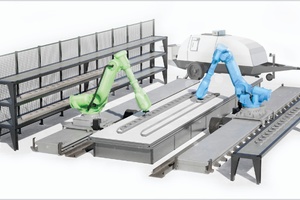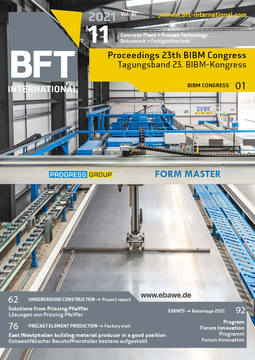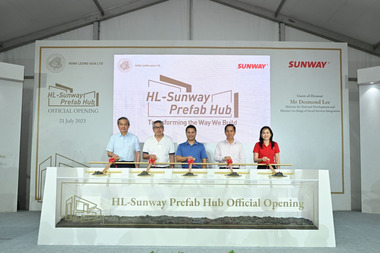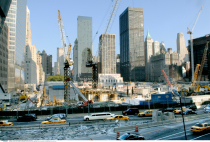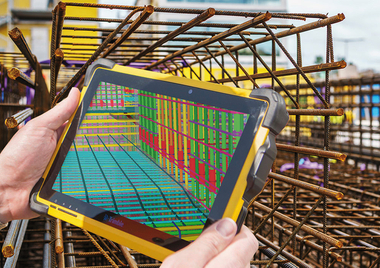Decreasing of environmental impact and increasing productivity in precast construction: Strategies for future developments
The rapidly growing world population as well as the increasing prosperity leads to a constant need of new habitats, new work places and new infrastructure in unprecedented quantities. With rising demand, the scarcity of resources vital to the building process as well as the environmental pollution increase. Based on the developments of current technology, the building industry will unavoidably fail to provide a viable environment for the 11.2 billion people estimated to inhabit the earth by the end of this century [1].
The most important sector in terms of raw material demand is the construction industry. In 2015, 47.5 gigatonnes of raw materials were consumed worldwide in this sector alone. A significant part of this (30 gigatonnes per year (63%)) was attributable to concrete construction [2]. In 2015, the total concrete stock was already around 418 gigatonnes. Currently the share of global CO2 emissions is estimated at 8% in [3] and even at 9% in [4]. It is assumed that this value will rise to 12% by 2060. As described in [5] with an equivalent to roughly 13% of GDP (Gross Domestic Product), the construction-related expenditures sum up to $10 trillion globally, making the construction sector one of the largest of the world economy. Suffering from a remarkably poor productivity relative to the other sectors, with a global labour-productivity growth of only 1% per year in average over the past two decades (world economy 2.8%, manufacturing 3.6%), the productivity of the construction sector has remained stuck at the same level throughout the last century. In comparison other sectors like agriculture and manufacturing have increased in productivity 10–15 times since the 1950s [6]. In addition, we are confronted with an increasing scarcity of skilled workers with no end in sight.
These data and developments prove that a significant reduction of the environmental impact as well as an enormous increase of the productivity is required within the next years [7]. This is only possible if we perform adjustments at all possible screws: (1) material, (2) structure and (3) manufacturing technology and by performing an accompanying assessment of the environmental and economic performance. Therefore, contribution deals with future strategies for the optimization and manufacturing of precast concrete elements with a special focus on environmental and economic efficiency.
In the first part, the most important terms of life cycle assessment are explained focusing on different concrete and reinforcement types and a practical application example for the assessment of three different pedestrian bridges with similar properties in different embodiments (carbon reinforced concrete bridge, steel reinforced concrete bridge, steel bridge) is given. The second part deals with possible approaches regarding structural optimisation and joining and presents a study of possible optimisation strategies. The third part deals with the manufacturing of precast concrete parts with a special focus on new strategies for increasing productivity and integration of automation and robotics.
The construction sector is characterized by conservative approaches and a slow implementation of innovation. Therefore, in the end an example for the development and application of a new bridge construction method in Austria is given proving that innovation can take place in the concrete industry [8] within few years, if pushed forward of all involved partners.

